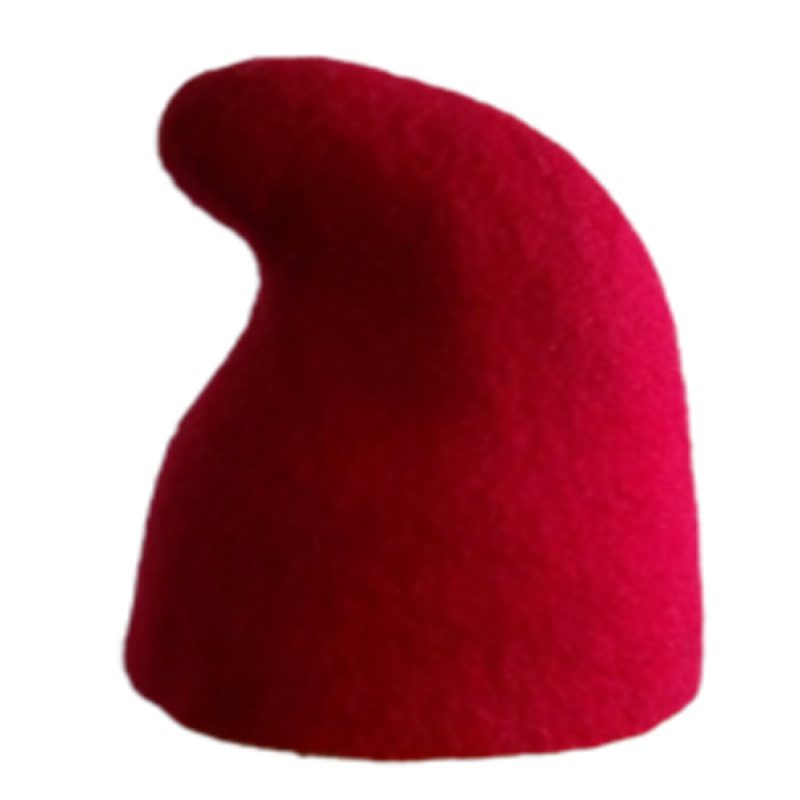General Hats
Phrygian Cap
The Phrygian Cap or Liberty Cap is a soft conical cap with the apex bent over, associated in antiquity with several peoples in Eastern Europe and Anatolia (Turkey), including the Balkans, Dacia (Romania), Thrace (Greece/Bulgaria/Turkey) and Phrygia (Turkey), where the name originated. Phrygia was a kingdom in the west central part of Anatolia, in what is now Asian Turkey, centred on the Sangarios River.
Although Phrygian caps did not originally function as liberty caps, they came to signify freedom and the pursuit of liberty first in the American Revolution and then in the French Revolution. The original cap of liberty was the Roman pileus, the felt cap of emancipated slaves of ancient Rome, which was an attribute of Libertas, the Roman goddess of liberty.
In the 16th century, the Roman iconography of liberty was revived in emblem books and numismatic handbooks where the figure of Libertas is usually depicted with a pileus. The most extensive use of a headgear as a symbol of freedom in the first two centuries after the revival of the Roman iconography was made in the Netherlands, where the cap of liberty was adopted in the form of a contemporary hat.
In the 18th century, the traditional liberty cap was widely used in English prints, and from 1789 also in French prints; by the early 1790s, it was regularly used in the Phrygian form.
It is used in the coat of arms of certain republics or of republican state institutions in the place where otherwise a crown would be used. It thus came to be identified as a symbol of republican government. A number of national personifications, in particular France’s Marianne, are commonly depicted wearing the Phrygian cap.
Other names for Phrygian Cap
- Liberty Cap
- Bonnet Rouge
Famous Phrygian Cap wearers
- Smurfs
- American Revolution
- French Revolution
- Marianne

